National
Trudeau’s Senate Power Grab – How Every Province is Now Under Ottawa’s Thumb
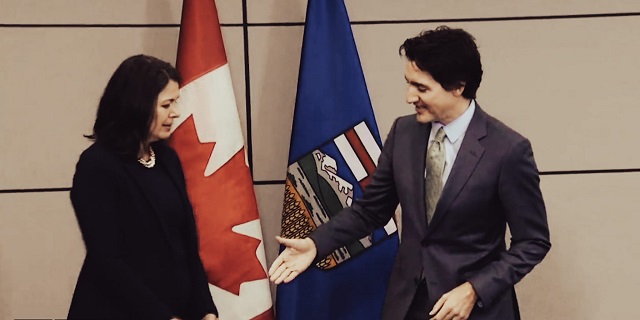
First, let’s talk about who these new senators are. Dr. Kristopher Wells is one of them. Wells is a well-known activist in the 2SLGBTQ+ community, a vocal advocate for every liberal cause under the sun. He’s been busy pushing for policies that promote radical gender ideology in schools, criticizing Alberta’s conservative stance at every turn. Now, Trudeau wants us to believe that Wells, who has made a career out of progressive activism, will somehow be an “independent” voice in the Senate? Give me a break.
Let’s be absolutely clear here, folks: Daryl Fridhandler is no impartial figure. He’s a corporate lawyer who’s spent years involved in organizations pushing left-wing agendas under the guise of community service. And what does that really mean? He’s a leftist activist, plain and simple.
And now, Trudeau wants us to believe Fridhandler’s Senate appointment is “independent”? Give me a break. This guy has funneled nearly $80,000 into the Liberal Party—($79,968.77, to be exact). The Senate shouldn’t be for sale to the highest bidder or most loyal crony. This is a classic Trudeau move, stacking the Senate with his cronies and turning it into a rubber stamp for his radical agenda. It’s not just political maneuvering; it’s an outright attack on our democratic institutions.
The Senate is supposed to serve as a check on power, a place for sober second thought, not a Liberal lapdog doing Trudeau’s bidding. This is the kind of corrupt backroom dealing that erodes public trust and undermines the very fabric of our democracy.
Now, let’s turn to Alberta Premier Danielle Smith. She’s not happy, and frankly, who can blame her? She called out these appointments for what they are—another shameless attempt by Trudeau to undercut the democratic will of Albertans. Smith points out that Alberta has a system for electing senators-in-waiting, who are meant to represent the interests of Albertans in Ottawa. Yet, Trudeau has completely ignored these elected representatives. Instead, he has handpicked his own cronies. And make no mistake, these so-called “independent” senators are Justin Trudeaus cronies and will vote whichever way he tells them too.
Smith’s objection isn’t just about these specific appointees. It’s about the broader pattern we’ve seen from this government— a total disregard for Alberta’s democratic choices. Remember, folks, Alberta has repeatedly elected conservative senators-in-waiting, people who actually represent the interests of their province. But Trudeau doesn’t care about that. No, he’d rather install people who are loyal to him, not to the people of Alberta.
This brings us to the so-called Independent Advisory Board for Senate Appointments. Trudeau loves to talk about how this board is “independent,” how it’s all about merit-based criteria, blah, blah, blah. But let’s get real for a second. This board isn’t independent at all. The members are nominated by Trudeau. They report to Trudeau. They recommend candidates to Trudeau. And then Trudeau appoints his picks, all while pretending there’s some kind of impartial process at play. It’s a total sham!
Let’s break it down even further. The whole process is designed to look like it’s fair and transparent, but in reality, it’s just another way for Trudeau to exert control. The so-called independent senators are anything but. They might not wear Liberal Party badges, but make no mistake—they’re marching to the beat of Trudeau’s drum. This isn’t about finding the best people to serve Canadians. It’s about finding the best people to serve Justin Trudeau and his agenda.
This isn’t just my opinion—look at the facts. Since 2016, Trudeau has made 86 appointments to the Senate, all under this “independent” system. And surprise, surprise, the Senate has drifted further and further left, rubber-stamping Trudeau’s policies with little resistance. The whole thing is a farce, and Trudeau’s latest picks just prove it.
And here’s the proof that the Senate isn’t independent: Bill C-18. This so-called “Online News Act” is Trudeau’s failed attempt at news censorship. The bill mandates that tech giants like Google and Meta (formerly Facebook) pay Canadian news publishers for content shared on their platforms. It sounds nice on paper, but what’s the result? Meta decided to ban all news content in Canada. That’s right. Canadian independent media lost its voice because they’re no longer being shared on the platforms where people actually get their news.
Ask yourself: if the Senate was truly independent, truly balanced with some business-savvy, right-leaning representatives, do you really think a bill like C-18 would have passed? No chance. Any senator with a shred of common sense would recognize that forcing tech companies into these kinds of deals doesn’t solve the problem; it just pushes these companies to cut ties with Canadian news entirely. But this Senate, filled with Trudeau’s picks, rubber-stamped it without a second thought.
The Senate was designed to be a place of independent judgment, a check on whoever’s in power—be it Liberal, Conservative, or otherwise. It’s supposed to ensure that no single party can bulldoze their agenda without scrutiny. But what happens when Trudeau stacks the Senate with his cronies? The whole system collapses! Even if the Conservatives take power tomorrow, Trudeau’s liberal foot soldiers will be there, blocking, stalling, and pushing his leftist agenda from the shadows of the Senate.
So, where does this leave Canada? It leaves us with a Senate that is increasingly a tool of the Prime Minister’s Office, rather than a chamber for balanced debate and regional representation. Every province, not just Alberta, is now at the whims of Ottawa, Justin Trudeau, and his handpicked cronies. The Senate no longer reflects the diverse interests of Canadians; instead, it mirrors the ideological leanings of one man. Provinces across the country are left sidelined, their democratic choices ignored, and their voices muted under Trudeau’s centralized control.
Danielle Smith is right to be furious. Albertans are right to be furious. And every Canadian who cares about democracy and fairness should be furious too. The Senate is supposed to be an independent body, a check on the power of the Prime Minister, not a rubber stamp for his agenda. But as long as Trudeau is in charge, it looks like that’s exactly what it’s going to be. And that’s not just a shame—it’s a scandal.
For the full experience, subscribe to The Opposition with Dan Knight .
Automotive
Canada’s EV gamble is starting to backfire

Things have only gone from bad to worse for the global Electric Vehicle industry. And that’s a problem for Canada, because successive Liberal governments have done everything in their power to hitch our cart to that horse.
Earlier this month, the Trump Administration rolled back more Biden-era regulations that effectively served as a back-door EV mandate in the United States. These rules mandated that all passenger cars be able to travel at least 65.1 miles (and for light trucks, 45.2 miles) per gallon of gasoline or diesel, by the year 2031. Since no Internal Combustion Engine (ICE) vehicle could realistically conform to those standards, that would have essentially boxed them out of the market.
Trump’s rolling them back was a fulfillment of his campaign promise to end the Biden Administration’s stealth EV mandates. But it was also a simple recognition of the reality that EVs can’t compete on their own merits.
For proof of that, look no further than our second bit of bad news for EVs: Ford Motor Company has just announced a massive $19.5 billion write-down, almost entirely linked to its aggressive push into EVs. They’ve lost $13 billion on EVs in the past two years alone.
The company invested tens of billions on these go-carts, and lost their shirt when it turned out the market for them was miniscule.
Ford’s EV division president Andrew Frick explained, “Ford is following the customer. We are looking at the market as it is today, not just as everyone predicted it to be five years ago.”
Of course, five years ago, the market was assuming that government subsidies-plus-mandates would create a market for EVs at scale, which hasn’t happened.
As to what this portends for the market, the Wall Street Journal argued, “The company’s pivot from all-electric vehicles is a fresh sign that America’s roadways – after a push to remake them – will continue to look in the near future much like they do today, with a large number of gas-powered cars and trucks and growing use of hybrids.”
And that’s not just true in the U.S. Across the Atlantic, reports suggest the European Union is preparing to delay their own EV mandates to 2040. And the U.K.’s Labour government is considering postponing their own 2030 ICE vehicle ban to align with any EU change in policy.
It’s looking like fewer people around the world will be forced by their governments to buy EVs. Which means that fewer people will be buying EVs.
Now, that is a headache for Canada. Our leaders, at both the federal and provincial levels, have bet big on the success of EVs, investing billions in taxpayer dollars in the hopes of making Canada a major player in the global EV supply chain.
To bolster those investments, Ottawa introduced its Electric Vehicle mandate, requiring 100 per cent of new light-duty vehicle sales to be electric by 2035. This, despite the fact that EVs remain significantly more expensive than gas-and-diesel driven vehicles, they’re poorly suited to Canada’s vast distances and cold climate, and our charging infrastructure is wholly inadequate for a total transition to EVs.
But even if these things weren’t true, there still aren’t enough of us to make the government’s investment make sense. Their entire strategy depends on exporting to foreign markets that are rapidly cooling on EVs.
Collapsing demand south of the border – where the vast majority of the autos we build are sent – means that Canadian EVs will be left without buyers. And postponed (perhaps eventually canceled) mandates in Europe mean that we will be left without a fallback market.
Canadian industry voices are growing louder in their concern. Meanwhile, plants are already idling, scaling back production, or even closing, leaving workers out in the cold.
As GM Canada’s president, Kristian Aquilina, said when announcing her company’s cancellation of the BrightDrop Electric delivery van, “Quite simply, we just have not seen demand for these vehicles climb to the levels that we initially anticipated…. It’s simply a demand and a market-driven response.”
Prime Minister Mark Carney, while sharing much of the same environmental outlook as his predecessor, has already been compelled by economic realities to make a small adjustment – delaying the enforcement of the 2026 EV sales quotas by one year.
But a one-year pause doesn’t solve the problem. It kicks the can down the road.
Mr. Carney must now make a choice. He can double down on this troubled policy, continuing to throw good money after bad, endangering a lot of jobs in our automotive sector, while making transportation more expensive and less reliable for Canadians. Or he can change course: scrap the mandates, end the subsidies, and start putting people and prosperity ahead of ideology.
Here’s hoping he chooses the latter.
The writing is on the wall. Around the world, the forced transition to EVs is crashing into economic reality. If Canada doesn’t wake up soon, we’ll be left holding the bag.
Business
There’s No Bias at CBC News, You Say? Well, OK…

It’s been nearly a year since I last wrote about the CBC. In the intervening months, the Prescott memo on bias at the BBC was released, whose stunning allegations of systemic journalistic malpractice “inspired” multiple senior officials to leave the corporation. Given how the institutional bias driving problems at the BBC is undoubtedly widely shared by CBC employees, I’d be surprised if there weren’t similar flaws embedded inside the stuff we’re being fed here in Canada.
Apparently, besides receiving nearly two billion dollars¹ annually in direct and indirect government funding, CBC also employs around a third of all of Canada’s full time journalists. So taxpayers have a legitimate interest in knowing what we’re getting out of the deal.
Naturally, corporate president Marie-Philippe Bouchard has solemnly denied the existence of any bias in CBC reporting. But I’d be more comfortable seeing some evidence of that with my own eyes. Given that I personally can easily go multiple months without watching any CBC programming or even visiting their website, “my own eyes” will require some creative redefinition.
So this time around I collected the titles and descriptions from nearly 300 stories that were randomly chosen from the CBC Top Stories RSS feed from the first half of 2025. You can view the results for yourself here. I then used AI tools to analyze the data for possible bias (how events are interpreted) and agendas (which events are selected). I also looked for:
- Institutional viewpoint bias
- Public-sector framing
- Cultural-identity prioritization
- Government-source dependency
- Social-progressive emphasis
Here’s what I discovered.
Story Selection Bias
Millions of things happen every day. And many thousands of those might be of interest to Canadians. Naturally, no news publisher has the bandwidth to cover all of them, so deciding which stories to include in anyone’s Top Story feed will involve a lot of filtering. To give us a sense of what filtering standards are used at the CBC, let’s break down coverage by topic.
Of the 300 stories covered by my data, around 30 percent – month after month – focused on Donald Trump and U.S.- Canada relations. Another 12-15 percent related to Gaza and the Israel-Palestine conflict. Domestic politics – including election coverage – took up another 12 percent, Indigenous issues attracted 9 percent, climate and the environment grabbed 8 percent, and gender identity, health-care worker assaults, immigrant suffering, and crime attracted around 4 percent each.
Now here’s a partial list of significant stories from the target time frame (the first half of 2025) that weren’t meaningfully represented in my sample of CBC’s Top Stories:
- Housing affordability crisis barely appears (one of the top voter concerns in actual 2025 polls).
- Immigration levels and labour-market impact.
- Crime-rate increases or policing controversies (unless tied to Indigenous or racialized victims).
- Private-sector investment success stories.
- Any sustained positive coverage of the oil/gas sector (even when prices are high).
- Critical examination of public-sector growth or pension liabilities.
- Chinese interference or CCP influence in Canada (despite ongoing inquiries in real life).
- The rest of the known galaxy (besides Gaza and the U.S.)
Interpretation Bias
There’s an obvious pattern of favoring certain identity narratives. The Indigenous are always framed as victims of historic injustice, Palestinian and Gazan actions are overwhelmingly sympathetic, while anything done by Israelis is “aggression”. Transgender representation in uniformly affirmative while dissent is bigotry.
By contrast, stories critical of immigration policy, sympathetic to Israeli/Jewish perspectives, or skeptical of gender medicine are virtually non-existent in this sample.
That’s not to say that, in the real world, injustice doesn’t exist. It surely does. But a neutral and objective news service should be able to present important stories using a neutral and objective voice. That obviously doesn’t happen at the CBC.
Consider these obvious examples:
- “Trump claims there are only ‘2 genders.’ Historians say that’s never been true” – here’s an overt editorial contradiction in the headline itself.
- “Trump bans transgender female athletes from women’s sports” which is framed as an attack rather than a policy debate.
And your choice of wording counts more than you might realize. Verbs like “slams”, “blasts”, and “warns” are used almost exclusively describing the actions of conservative figures like Trump, Poilievre, or Danielle Smith, while “experts say”, “historians say”, and “doctors say” are repeatedly used to rebut conservative policy.
Similarly, Palestinian casualties are invariably “killed“ by Israeli forces – using the active voice – while Israeli casualties, when mentioned at all, are described using the passive voice.
Institutional Viewpoint Bias
A primary – perhaps the primary job – of a serious journalist is to challenge the government’s narrative. Because if journalists don’t even try to hold public officials to account, then no one else can. Even the valuable work of the Auditor General or the Parliamentary Budget Officer will be wasted, because there will be no one to amplify their claims of wrongdoing. And Canadians will have no way of hearing the bad news.
So it can’t be a good sign when around 62 percent of domestic political stories published by the nation’s public broadcaster either quote government (federal or provincial) sources as the primary voice, or are framed around government announcements, reports, funding promises, or inquiries.
In other words, a majority of what the CBC does involves providing stenography services for their paymasters.
Here are just a few examples:
- “Federal government apologizes for ‘profound harm’ of Dundas Harbour relocations”
- “Jordan’s Principle funding… being extended through 2026: Indigenous Services”
- “Liberal government announces dental care expansion the day before expected election call”
Agencies like the Bank of Canada, Indigenous Services Canada, and Transportation Safety Board are routinely presented as authoritative and neutral. By contrast, opposition or industry critiques are usually presented as secondary (“…but critics say”) or are simply invisible. Overall, private-sector actors like airlines, oil companies, or developers are far more likely to be criticized.
All this is classic institutional bias: the state and its agencies are the default lens through which reality is filtered.
Not unlike the horrors going on at the BBC, much of this bias is likely unconscious. I’m sure that presenting this evidence to CBC editors and managers would evoke little more than blank stares. This stuff flies way below the radar.
But as one of the AI tools I used concluded:
In short, this 2025 CBC RSS sample shows a very strong and consistent left-progressive institutional bias both in story selection (agenda) and in framing (interpretation). The outlet functions less as a neutral public broadcaster and more as an amplifier of government, public-sector, and social-progressive narratives, with particular hostility reserved for Donald Trump, Canadian conservatives, and anything that could be construed as “right-wing misinformation.”
And here’s the bottom line from a second tool:
The data reveals a consistent editorial worldview where legitimate change flows from institutions downward, identity group membership is newsworthy, and systemic intervention is the default solution framework.
You might also enjoy:
Is Updating a Few Thousand Readers Worth a Half Million Taxpayer Dollars? |
||||||
|
||||||
| Plenty has been written about the many difficulties faced by legacy news media operations. You might even recall reading about the troubled CBC and the Liberal government’s ill-fated Online News Act in these very pages. Traditional subscription and broadcast models are drying up, and on-line ad-based revenues are in sharp decline. | ||||||
|
-
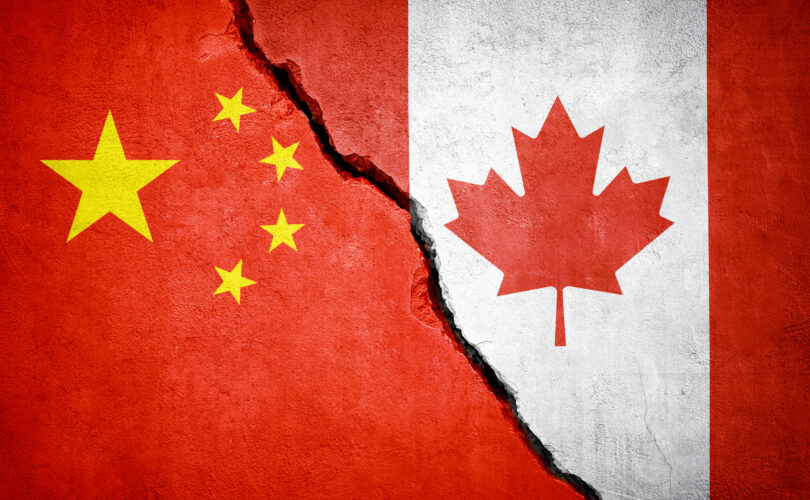
 International24 hours ago
International24 hours agoOttawa is still dodging the China interference threat
-

 Business22 hours ago
Business22 hours agoThere’s No Bias at CBC News, You Say? Well, OK…
-

 Automotive21 hours ago
Automotive21 hours agoCanada’s EV gamble is starting to backfire
-
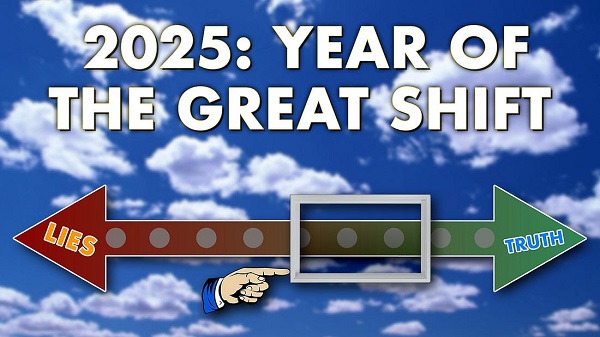
 International23 hours ago
International23 hours ago2025: The Year The Narrative Changed
-
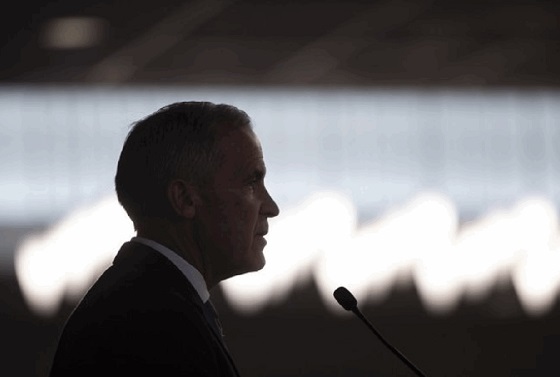
 Fraser Institute2 days ago
Fraser Institute2 days agoCarney government sowing seeds for corruption in Ottawa
-

 Daily Caller2 days ago
Daily Caller2 days agoWhile Western Nations Cling to Energy Transition, Pragmatic Nations Produce Energy and Wealth
-
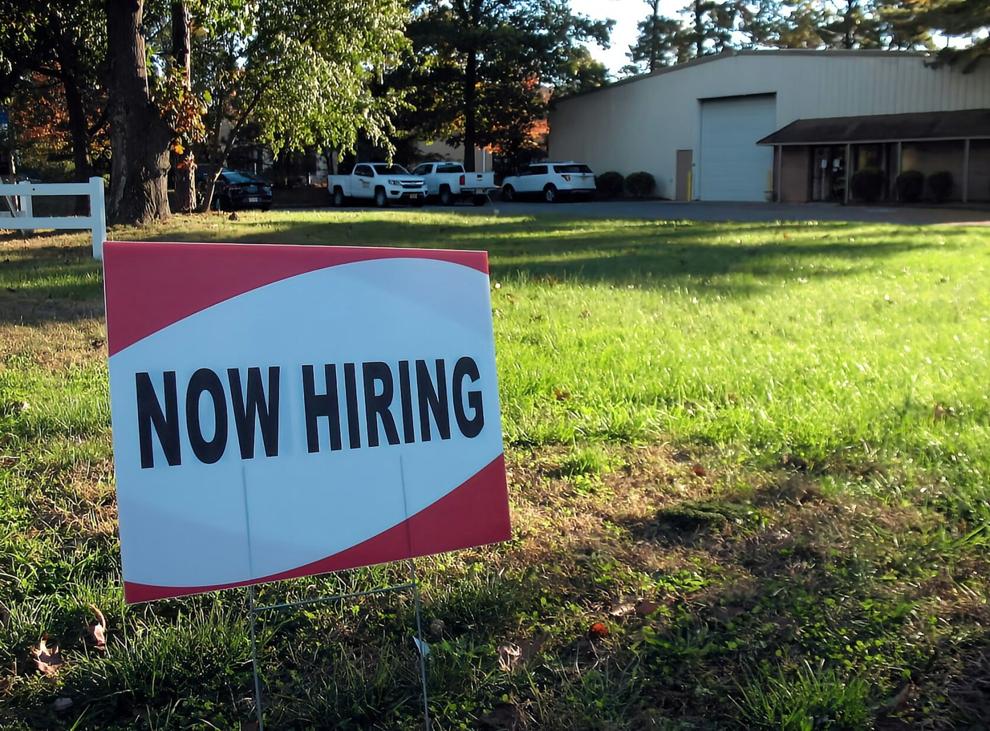
 Business1 day ago
Business1 day agoResidents in economically free states reap the rewards
-

 Alberta1 day ago
Alberta1 day agoAlberta project would be “the biggest carbon capture and storage project in the world”















